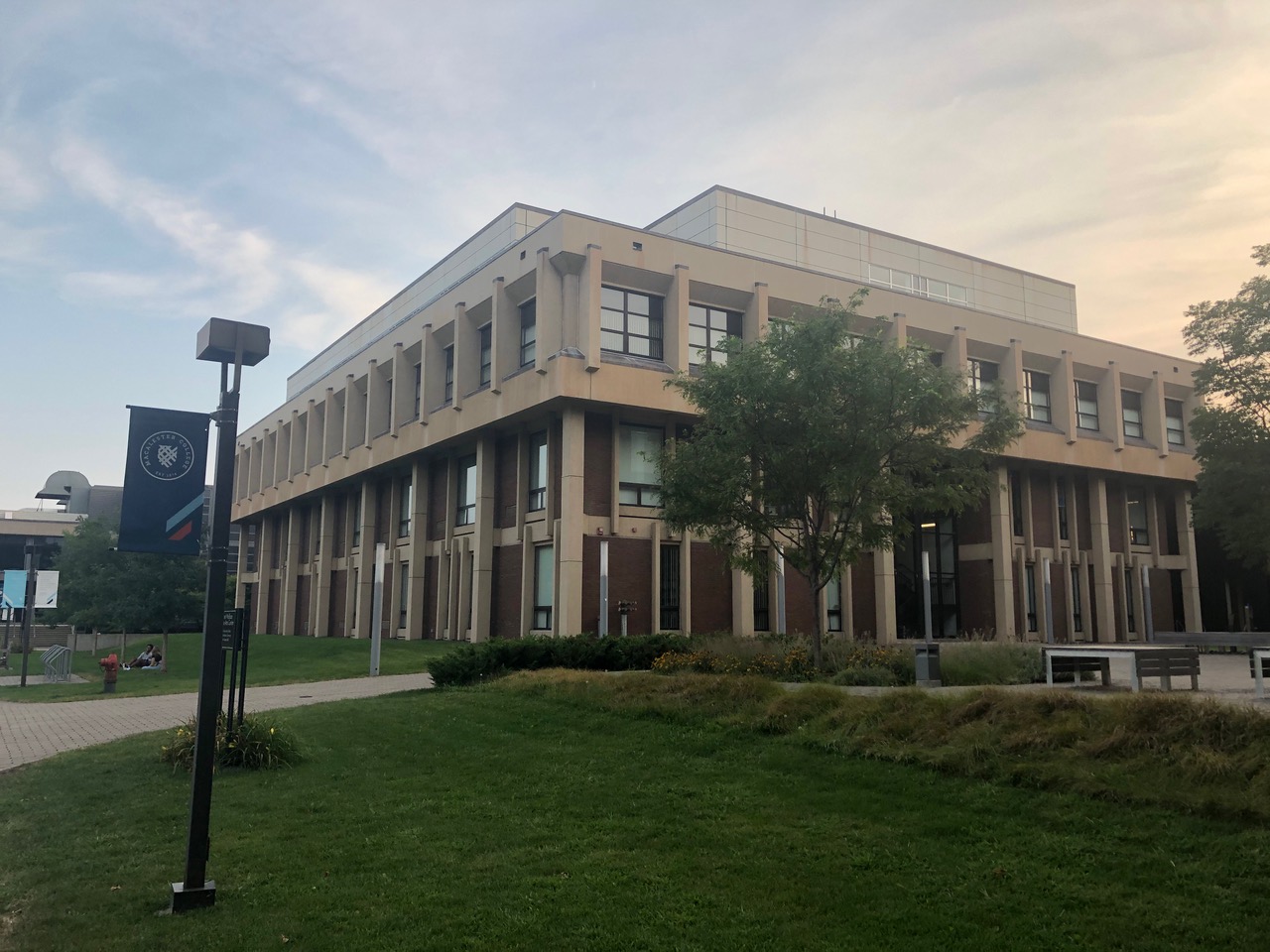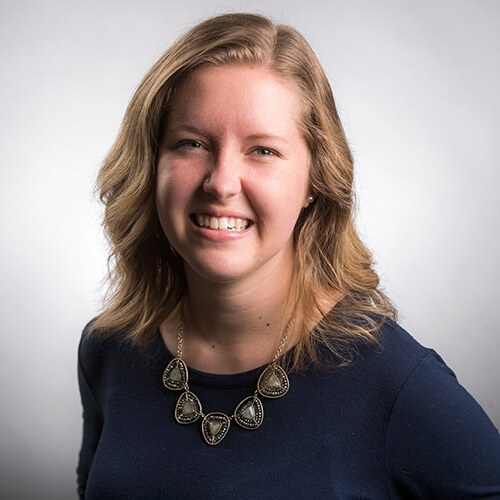The Lead is a weekly newsletter that provides resources and connections for student journalists in both college and high school. Sign up here to have it delivered to your inbox every Wednesday morning.
By Abe Asher, guest writer
In 2013, Macalester College, a private liberal arts college in Saint Paul, Minnesota, decided to rename an entirely forgettable campus building after the college’s founder — a man named Edward Neill.
The college’s reason for the renaming was innocuous: The building was named the Humanities Building, but hosted almost none of the humanities classes or departments, thereby confusing visitors.
The college’s leadership thought it odd that Neill didn’t have a building named after him, despite his lofty place in the college’s history, and without a whit of deep research into his past, recast the Humanities Building as Neill Hall.
What the college’s leadership did not care to find out was that Neill, while garnering respect as a missionary, educator and Civil War servant, had also advocated for the genocide of the territory’s Indigenous population and robbed Indigenous burial mounds.
In the intervening years, Indigenous students on campus with the group Proud Indigenous People for Education began to raise awareness about who Neill was — and in the spring of 2019, just before I and a colleague were due to take over as editors-in-chief at our student newspaper The Mac Weekly, a fellow editor came to us with an idea: We should no longer refer to the building as Neill Hall in print.
We agreed. The editorial leadership of our paper, and our staff at large, felt that we should not participate in honoring Neill’s legacy. To continue to do so would be to place ourselves in alliance, or at least acquiescence, with a power structure that erased Indigenous histories.
But we decided that we didn’t just want to write an editorial announcing our decision. We wanted to back it up — to tell readers exactly who Edward Neill was, how he fit into the history of Minnesota and Macalester, and trace the colonial legacy of the state and the college.
What unfolded over the next month and a half was as extensive a reporting process as I have ever been a part of. Our reporters conducted scores of interviews, scoured college and state archives, read biographies, fanned out to report from schools and public meetings across the Twin Cities, built graphics, took photos, and constructed a narrative both deep and readable.
Our job was twofold: We wanted to make the case that Edward Neill’s name should be stripped from the Humanities Building, and we wanted to make it exhaustively. But we also wanted to ensure that the conversation around Macalester’s colonial history didn’t stop there.
We originally aimed to publish four print pages of content on Neill and Macalester’s colonial legacy on Oct. 12. We ended up publishing 16 print pages Nov. 1 in a special issue of the paper we called “Colonial Macalester.”
The response from the college was swift. Less than two weeks later, our college president Brian Rosenberg announced that he was recommending that the Board of Trustees strip Neill’s name from the building. The Board followed his recommendation six days later.
This was not an earth-shattering event. Stripping a name off of a campus building will not do anything to resolve white supremacy at Macalester or the gaping inequalities facing Indigenous people in Minnesota.
But it wasn’t nothing, either. At The Mac Weekly last fall, commitments to anti-racism, anti-fascism and anti-colonialism were basic standards for professional conduct just as much as fact-checking was.
We certainly did not always live up to those standards. But we approached our jobs from the belief that there should be no place in mainstream society for people who do not ascribe to those positions, let alone mainstream journalism. That stance allowed us to devote resources to a project that went far beyond the bounds of straight news reporting.

(Courtesy: The Mac Weekly)
“Colonial Macalester” was not objective in a traditional sense. We took an outspoken position on an ideologically fraught issue. But good journalism is not treating every ideological position equally. It is about challenging power — and power in this country is concentrated in whiteness.
The special issue grew out of what was initially a very simple vision: an unwillingness to venerate Edward Neill just because our college had chosen to. It turned into a project that challenged power and will continue to do so every time a student or faculty member picks it up or references it.
The baseline commitments of our staff to anti-racism and anti-colonialism made it possible. So did our willingness to speak directly and pull no punches. White supremacy benefits from politeness, an aversion to direct conflict that softens language and refrains from straightforward communication about powerful figures.
Our reporting showed that Edward Neill was a settler-colonialist, a thief, a misogynist and a white supremacist, and we called him those things unreservedly — not to be punitive, not to be hysterical, but to be direct with our audience.
We have words for people like Neill who write things such as “The inferior race must either recede before the superior, or sink into the common mass, and, like the raindrops falling upon the bosom of the ocean, lose all traces of distinction.” We used them.
In taking up this topic, we were able to lend our platform to a fight that Indigenous students and their allies at Macalester had been waging for years.
Jennings Mergenthal, whose tremendous maps of the land we now call Minnesota were an illustrative centerpiece of the issue, said that they were surprised that the college acted so quickly to remove Neill’s name.
“I thought this was going to be way harder, damn,” they said. “If (only) I’d known enacting social change was this easy — was as easy as convincing white people to write an article about it.”
As the racial justice movement continues, student newspapers, with all of the privilege that they hold, cannot be content to sit on the sidelines and play referee. They must establish which side they are on and join the fight.
Abe Asher grew up in Portland, Oregon, and is a 2020 graduate of Macalester College. His work has appeared in The Nation, VICE News, and the Portland Mercury.
One story worth reading
Students should have the right to publish photos of crowded hallways in their schools, the Student Press Law Center explains in a recent Q&A. “While a school may attempt to enforce an existing school rule banning such photos, as long as you take them in in a lawful and non-disruptive manner, such a ban would be on legally thin ice, particularly for student media charged with covering school-related news,” senior legal counsel Mike Hiestand writes for the SPLC. If you’re censored or threatened with punishment for documenting news in your school, contact the SPLC’s legal hotline.
Poynter training opportunity
The Newsroom Readiness Certificate is a new training opportunity from Poynter. Director of College Programming Barbara Allen designed it with student media editors in mind — those of you who patiently explain the fundamentals to new reporters semester after semester. This course would allow student editors to get to the more important work of actual editing and mentoring, while leaving the fundamentals to Poynter.
The topics covered include newsgathering, interviewing, media law, ethics and diversity. (There are even discounts available for organizations that buy 10 or more courses at a time.) You can check out an outline of the course here or enroll in the course here. For bulk purchases, email Allen at ballen@poynter.org. Happy learning!
Opportunities and trainings
- The Dow Jones News Fund is paying for selected college and graduate students to attend the (virtual) SPJ or ONA conferences this fall. Apply here by August 30.
- Here’s a guide to journalism conferences that have gone virtual during the pandemic.
- The Wall Street Journal Jobs Summit will provide free advice from business leaders on Sept. 1. Register here.
- Apply for WBUR public radio’s yearlong newsroom fellowship by Oct. 9.
- College students, enter the Reynolds Journalism Institute’s Student Innovation Competition by October 31.


Taylor Blatchford is a journalist at The Seattle Times who independently writes The Lead, a newsletter for student journalists. She can be reached at blatchfordtaylor@gmail.com or on Twitter @blatchfordtr.







